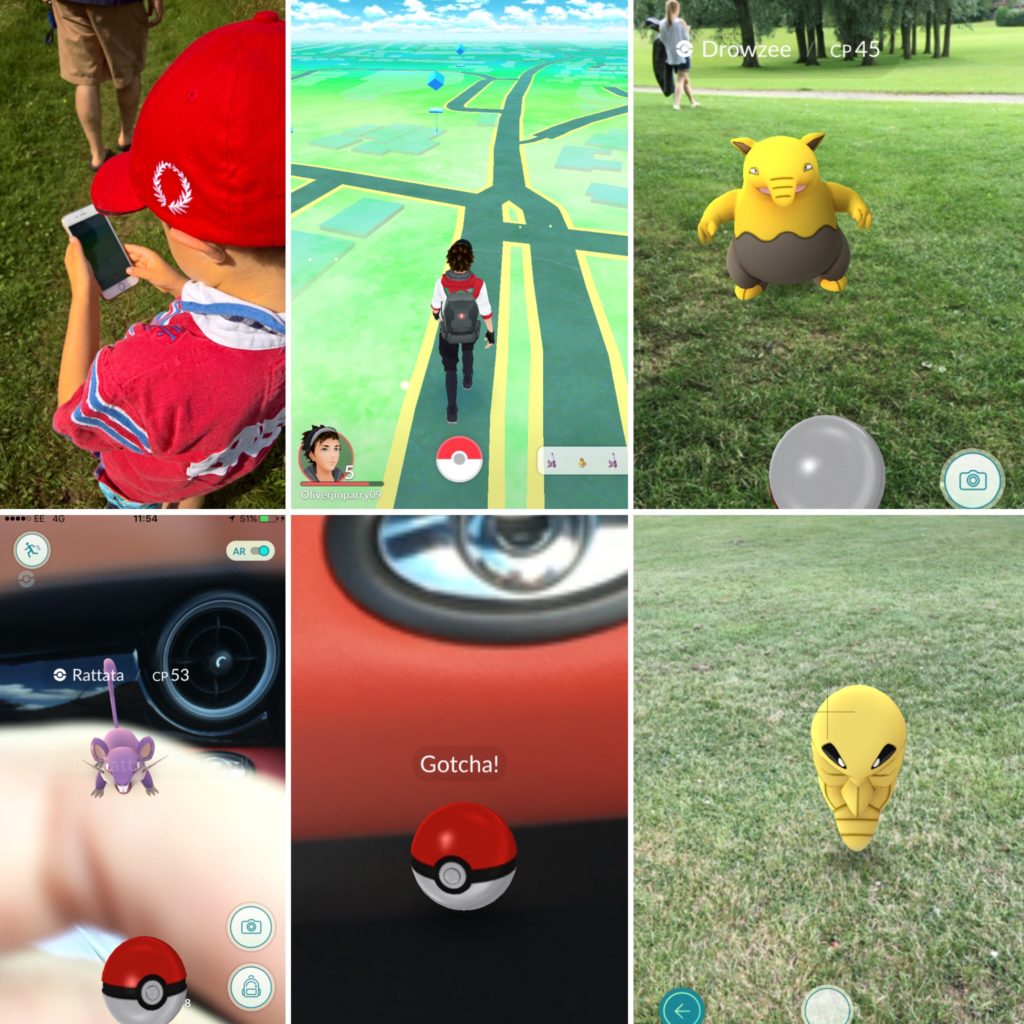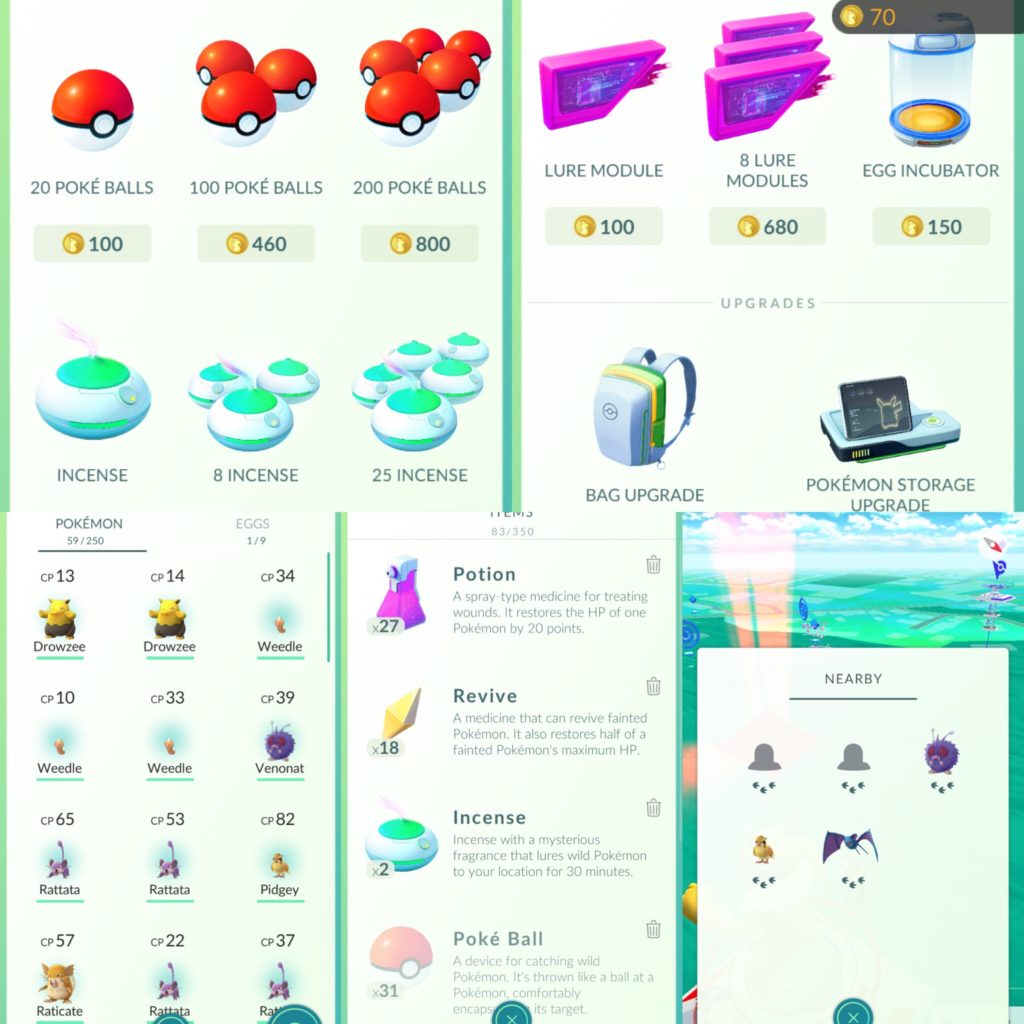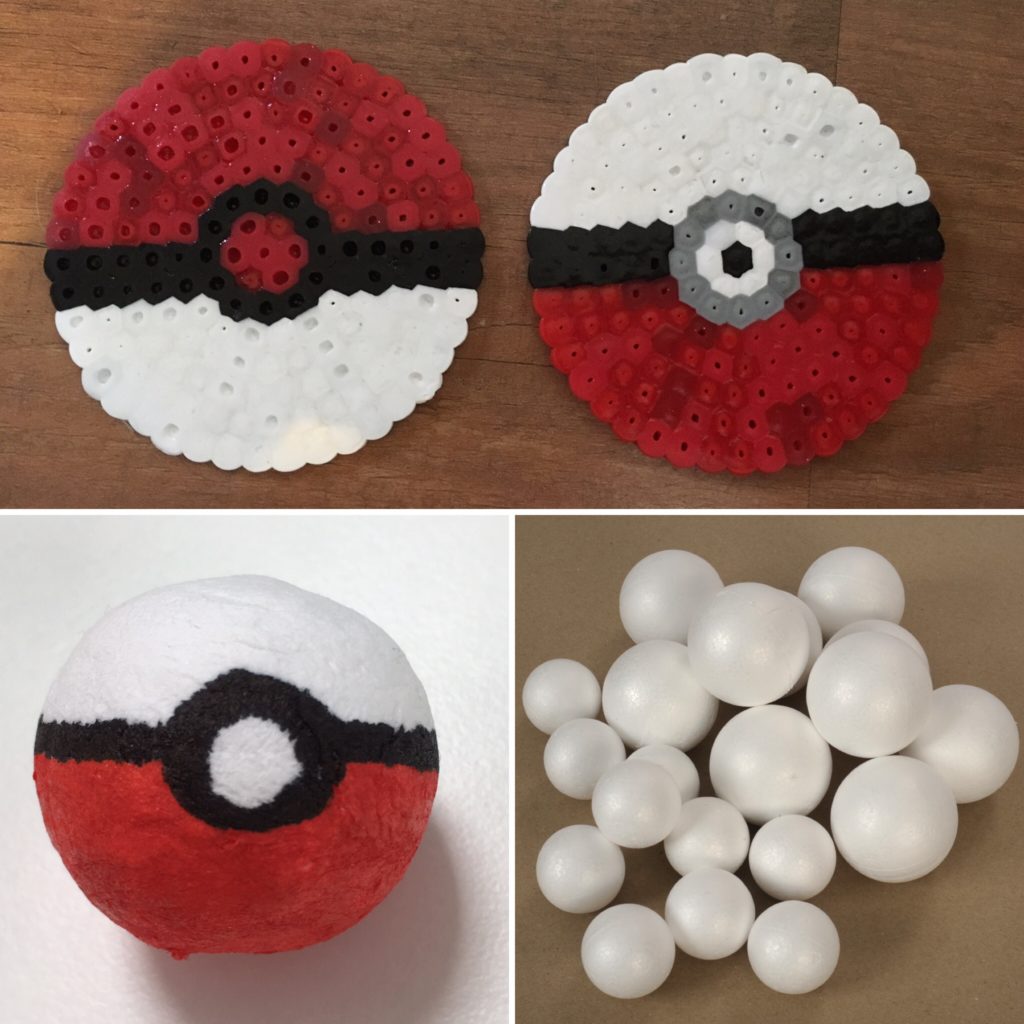The educational links around Pokémon GO are actually more in-depth than you first think:
- Science – the game can be used to help explain the tricky concept of evolution – which was introduced when the new curriculum was launched. Players can catch and evolve Pokémon so they become stronger, more powerful fighters in battle. Classification – different types of Pokémon – the ability to recognise and classify the large variety you can catch – ground, water, fire, electric, fairy, grass, ghost, psychic, dragon etc
- Maths – counting is utilised as players need to calculate if they have enough candy and stardust to evolve their Pokémon. Keeping track of the progress in your Pokedex is key to catching them all! Whilst also processing information within an area using maps and analysis of data within the augmented world around you. Learning about money – collect coins as a reward for being a successful gym leader! Decide what to spend coins on, or how many you need to save – don’t use them all up, be strategic with coins to buy helpful items such as Pokéballs. The ability to calculate and solve maths problems – If I have 50 Pidgey candy, how many candy will I have left after evolving it into a Pigeotto? (It takes 12 candy to evolve a Pidgey). How many more points (xp) do I need to reach the next level? How many new Pokémon do I need to catch to enable me to reach the next level? (500 points per new Pokémon found). Can children work out how many miles they have walked? – converting from kilometres (which is what is used in the game) and perhaps how many calories they have burnt?
- Geography – using GPS, basic map reading skills and orienteering in the search for all things Pokémon. Learn about the local area including geographical locations.
- History – PokéStops are located at points of interest, as are Gyms. This encourages children to be aware of what is local to them and the history of that location/landmark (statues, plaques, memorials).
- PE – encouraging people to go outside and be active. To play the game you must walk in search for PokéStops and Gyms, to find and capture Pokémon and to hatch eggs! (walk 10 kilometres to hatch an egg that will hatch a ‘rare’ Pokémon. In order to increase your score and work through the levels, you have to move, walk and be active. You cannot simply sit still like most other online/digital games.
- Literacy – encourages digital storytelling – where children can take photos on their hunts and create stories of their adventures over the holidays whilst out and about – sharing with friends online or at home later in a summer diary. Story telling and using imagination– children can talk about what their favourite Pokémon likes to do for fun and build them into stories. You can even choose to nickname your Pokémon! Try nicknaming your Eevee ‘Sparky’ before evolving, you may well get a Jolteon! Speech, language and memory – learning and recognising all the different Pokémon names.
- PSHE – Learning to be patient – the need to wait to find PokéStops and to level up – wait to seek out rare Pokémon and complete your Pokédex. All whilst meeting new friends and being part of a team.
- IT – how augmented reality works and the use of technology such as phones, tablets and apps.
It is also extremely fun. Whilst under adult supervision children are able to get out in the real world. They can become more active, looking for characters and learning about landmarks and places of interest they have perhaps not come across before (or even realise were on their doorstep!). One thing is for sure, everyone is doing it around us and at our local parks!
The game encourages children to get out on adventures – albeit with their faces in a phone – but still, you can be outside for hours in the sunshine, playing in the park, finding places you didn’t even know existed including places of interest, churches, monuments – learning about the geography and history of your local area. Why not have a picnic and meet up with friends who are also Pokémon hunting?
It teaches spatial awareness as it uses maps and a compass to find your location, where the Pokémon are hiding as well as Gyms and PokéStops. Once you find a Pokémon, throw a Pokéball (or even a Great ball depending on your level!) – aim and fire to capture it. Gain points, candy and stardust with each successful catch.
A Pokéball is a ball you use to throw at a Pokémon to capture it and add to your system. Why not get creative and make a fuse bead Pokéball or polystyrene ball Pokéball?
A PokéStop is a place you locate in the game to gather Pokéballs and other items to help you find and capture Pokémon (and even eggs if you are lucky!).
A Pokédex is an incomplete encyclopaedia of Pokémon available to capture. This is populated with details, evolution and Pokémon type so you can see which you have collected.
A Pokémon Gym is a place in the game where you can battle other player’s Pokémon to become a Gym leader. Once you have reached level 5 you will be experienced enough for battle. The higher the level of your Pokémon, the more chance you have of winning.
There are items that you can collect or buy that make the game easier – for example Incense and Lure Modules help lure Pokémon to your location, Razz Berries can be fed to difficult Pokémon to ensure a catch, Potions and Revive jewels help treat wounded Pokémon after battle, Eggs can be found and incubated to hatch new, possibly rare Pokémon.
Stardust and Poké Candy are also collected when catching Pokémon – these can then be used to power up and evolve your Pokémon to increase their prowess in battles at the Gym.
Tips for a safe and happy adventure:
- Ensure your phone is fully charged, has mobile data and a cover to protect it incase it gets dropped.
- Take a picnic and drinks.
- If hot, take sun cream and hats.
- Stay safe and have an adult guardian present at all times – keep an eye out – don’t venture onto roads or into dangerous areas. Avoid hazards – just because a Pokémon is towards the edge of a cliff or pavement – doesn’t mean you have to walk off it to capture it!
Tips for a safe and happy adventure:
- Ensure your phone is fully charged, has mobile data and a cover to protect it incase it gets dropped.
- Take a picnic and drinks.
- If hot, take sun cream and hats.
- Stay safe and have an adult guardian present at all times – keep an eye out – don’t venture onto roads or into dangerous areas. Avoid hazards – just because a Pokémon is towards the edge of a cliff or pavement – doesn’t mean you have to walk off it to capture it!
It is important to note that safety is key. There have been reports of accidents as a result of people not looking where they are going. Do you agree with this new Pokémon craze? Will you be letting your children play it over the summer? Or are you against it?
Did you know…
- Some small businesses are experiencing higher customer volumes – particularly at cafés, parks, shops and post offices near PokéStops and Gyms – potentially taking an uplift in profit. Businesses can also now pay to have a PokéStop outside their premises to increase traffic and footfall to their shop! So, the Pokémon GO craze is also having a positive impact on small/local business. There is a great post to read about how ‘Pokémon GO’ can lure more customers to your Local Business.
- Pokémon stands for Pocket Monster!
- If you want to request that your local library, shop, monument become a PokeStop (or stop being a PokeStop), here is a form you can use!






